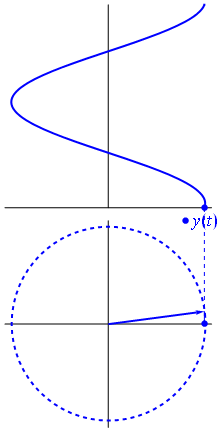Example: Computer that consumes 60i Watts per hour
Resolution criteria
This market will resolve to "Yes" if, by December 31, 2050 or earlier, a machine is publicly demonstrated to operate with energy consumption explicitly measured purely in imaginary numbers, such as a computer consuming "60i watts per hour." The demonstration must be documented in a reputable scientific publication or by a recognized industry authority. If no such demonstration occurs by the specified date, the market will resolve to "No."
Update 2025-07-12 (PST) (AI summary of creator comment): The creator has confirmed that for the market to resolve Yes, the energy consumption must be measured as a purely imaginary number, where the real part is explicitly zero. A complex number with a non-zero real part (e.g.,
30 + 60jwatts) would not meet the criteria.Update 2025-07-12 (PST): Can be any device, not necessarily electric one, as long as it needs amount of energy expressed in imaginary numbers to work. It can be mechanical or something, for what I care
Update 2025-07-12 (PST) (AI summary of creator comment): The resolution will be based on the standard scientific and engineering nomenclature for energy. A superficial "change of axis" or redefinition of terms to represent a value as imaginary will not be sufficient for a YES resolution.
Mathematics’ worst choice of nomenclature claims another victim. You can rotate everything to that orthogonal axis if you want as long as you are consistent about everything.
@Chachachi it’s just a convenience, axis choice is arbitrary

You can do the same thing just sticking with the vector representation (arrow), it’s simply annoying to use that representation instead over the complex plane depending on context.
@Chachachi that doesn’t mean anything. It’s arbitrary for the person and we can do them differently as long as we are both internally consistent.
@KJW_01294 I'm not concerned specifically about electric devices, it can a machine of any kind as long as it requires imaginary amount of joules to work
@Chachachi “imaginary” doesn’t mean “less a part of reality”, it’s just convenient math for working with vectors and rotations a lot of the time. It isn’t actually less “real.”
If I spin a magnet near two loops of wire which are held at 90 degrees to each other I can define the signal from one to be on the x axis (real) and the other to be on the y axis (imaginary) and that gives me a nice way to combine the signals to tell me things about the spinning magnet. I can always just use the induced current from the y axis oriented (imaginary) one to power literally any machine if I want.